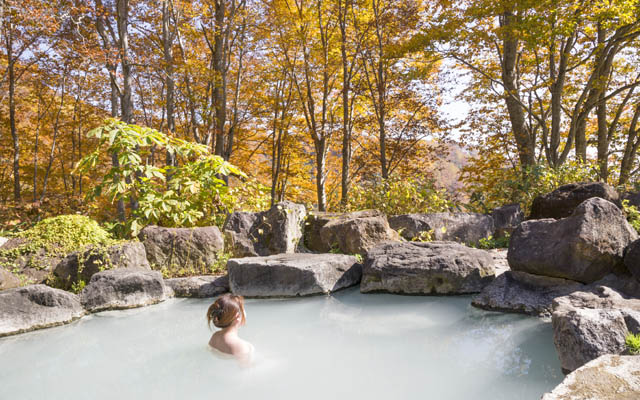Local governments in Japan are considering travel taxes as a means to fund tourism-related policies and infrastructure, while also addressing the issue of overtourism.
More than 50 local governments are exploring the implementation of an accommodation tax. The 13 local governments that already do so use the revenue for such support as tourist information centres, Wi-Fi access and local bus services.

In Hokkaido, the prefectural government has decided to introduce an accommodation tax of 100 to 500 yen (US$0.67 to US$3.33) per person per night, beginning April 2026.
However, in prefectures like Miyagi, accommodation providers have hindered government plans, citing concerns that managing the fees would be burdensome and the added cost could deter potential customers.
Shizuoka Prefecture’s onsen hot spring town of Higashi-Izu will raise its bathing tax to 300 yen from March 2025. Bathing taxes can be used for tourism promotion, as well as maintenance of mineral spring sources, bathhouses and firefighting facilities.
In a bid to manage overtourism on Mount Fuji, Yamanashi and Shizuoka prefectures plan to introduce an entry fee of 3,000 to 5,000 yen per climber starting in summer 2025. The current voluntary 1,000 yen conservation fee will be abolished.
The new entry fees are intended to prevent overcrowding, “bullet climbing” without rest, and environmental damage. Efforts in these areas were stepped up in July, with the installation of a gate on the Yoshida Trail, which was used to limit the number of hikers to 4,000 daily.
The gate reduced the number of climbers during the season by 10 per cent year-on-year to around 200,000, according to local data.











